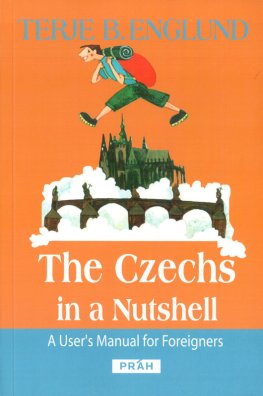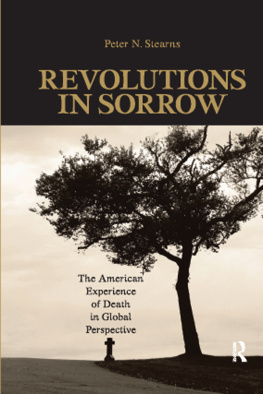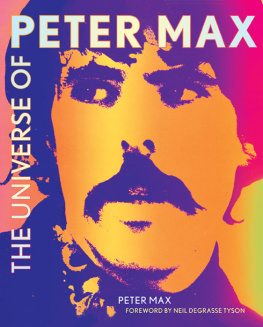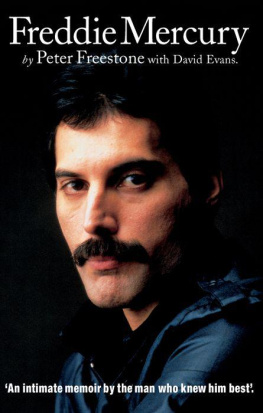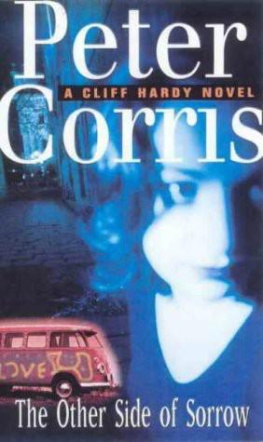Peter Englund - The Beauty and the Sorrow: An Intimate History of the First World War
Here you can read online Peter Englund - The Beauty and the Sorrow: An Intimate History of the First World War full text of the book (entire story) in english for free. Download pdf and epub, get meaning, cover and reviews about this ebook. year: 2011, publisher: Knopf, genre: Art. Description of the work, (preface) as well as reviews are available. Best literature library LitArk.com created for fans of good reading and offers a wide selection of genres:
Romance novel
Science fiction
Adventure
Detective
Science
History
Home and family
Prose
Art
Politics
Computer
Non-fiction
Religion
Business
Children
Humor
Choose a favorite category and find really read worthwhile books. Enjoy immersion in the world of imagination, feel the emotions of the characters or learn something new for yourself, make an fascinating discovery.

- Book:The Beauty and the Sorrow: An Intimate History of the First World War
- Author:
- Publisher:Knopf
- Genre:
- Year:2011
- Rating:4 / 5
- Favourites:Add to favourites
- Your mark:
- 80
- 1
- 2
- 3
- 4
- 5
The Beauty and the Sorrow: An Intimate History of the First World War: summary, description and annotation
We offer to read an annotation, description, summary or preface (depends on what the author of the book "The Beauty and the Sorrow: An Intimate History of the First World War" wrote himself). If you haven't found the necessary information about the book — write in the comments, we will try to find it.
Peter Englund: author's other books
Who wrote The Beauty and the Sorrow: An Intimate History of the First World War? Find out the surname, the name of the author of the book and a list of all author's works by series.
The Beauty and the Sorrow: An Intimate History of the First World War — read online for free the complete book (whole text) full work
Below is the text of the book, divided by pages. System saving the place of the last page read, allows you to conveniently read the book "The Beauty and the Sorrow: An Intimate History of the First World War" online for free, without having to search again every time where you left off. Put a bookmark, and you can go to the page where you finished reading at any time.
Font size:
Interval:
Bookmark:
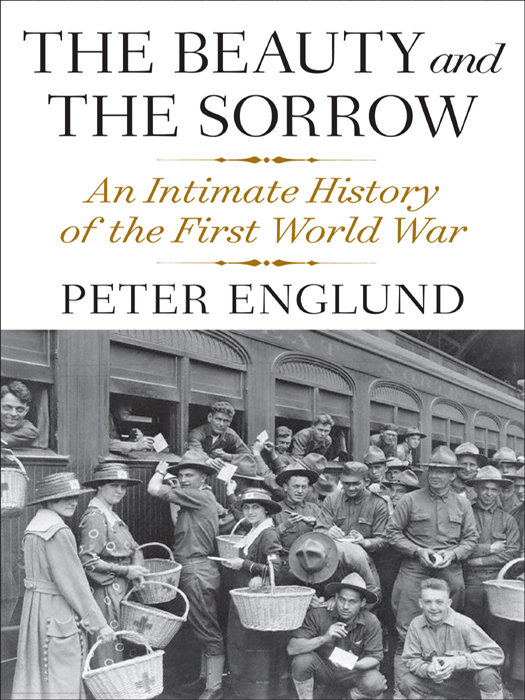
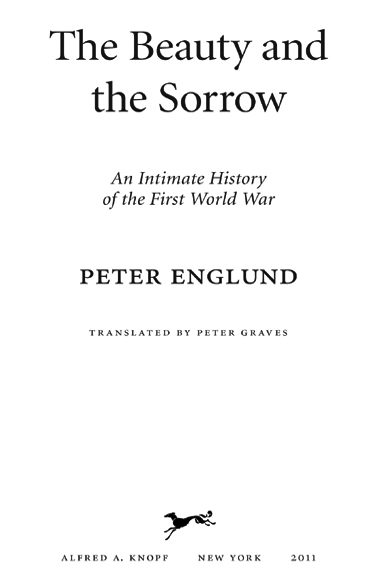
THIS IS A BORZOI BOOK
PUBLISHED BY ALFRED A. KNOPF
Translation copyright 2011 by Peter Graves
All rights reserved. Published in the United States by
Alfred A. Knopf, a division of Random House, Inc., New York,
and in Canada by Random House of Canada Limited, Toronto.
www.aaknopf.com
Knopf, Borzoi Books, and the colophon are registered
trademarks of Random House, Inc.
Originally published in slightly different form in Sweden as Stridens Sknhet Och Sorg by Atlantis, Stockholm, in 2009. Copyright 2009 by Peter Englund.
Copyright 2009 by Bokfrlaget Atlantis AB. This translation, with a revised foreword and additional new text by the author, was originally published in Great Britain by Profile Books Ltd., London, in 2011.
Library of Congress Cataloging-in-Publication Data
Englund, Peter, 1957
[Stridens sknhet och sorg. English]
The beauty and the sorrow : an intimate history of the First World War / by Peter Englund. 1st. American ed.
p. cm.
Originally published in Sweden as Stridens Sknhet Och Sorg by Atlantis, Stockholm, in 2009 [i.e. 2008].T.p. verso.
eISBN: 978-0-307-70138-1
1. World War, 19141918Personal narratives. I. Title.
DA640.A2E5413 2011
940.30922dc23
2011020828
Jacket image: Sending the Boys off to War (c) Minnesota Historical Society/ Corbis
Jacket design by Barbara de Wilde
v3.1
This book is dedicated to the memory of
C ORPORAL J ARED W. K UBASAK
whom I met in the fall of 2005 while embedded with
the 3rd Armored Cavalry Regiment in Iraq,
and who was killed there in action
on December 12 the same year
All the suffering and torment wrought at places of execution, in torture chambers, madhouses, operating theatres, under the arches of bridges in late autumnall these are stubbornly imperishable, all these persist, are inaccessible but cling on, envious of everything that is, stuck in their own terrible reality. People would like to be allowed to forget much of it, their sleep gliding softly over these furrows in the brain, but dreams come and push sleep aside and fill in the picture again. And so they wake up breathless, let the light of a candle dissolve the darkness as they drink the comforting half-light as if it was sugared water. But, alas, the edge on which this security is balancing is a narrow one. Given the slightest little turn and their gaze slips away from the familiar and the friendly, and the contours that had so recently been comforting take the sharp outlines of an abyss of horror.
R AINER M ARIA R ILKE , Malte Laurids Brigge, 1910
The summer was more wonderful than ever and promised to become even more so, and we all looked out on the world without any cares. That last day in Baden I remember walking over the vine-clad hills with a friend and an old vine-grower saying to us: We havent had a summer like this for a long time. If this weather continues this years wine is going to be beyond compare. People will always remember the summer of 1914!
S TEFAN Z WEIG , The World of Yesterday, 1942
The famous American war correspondent Stanley Washburn was invited in 1915 to contribute to The Times History of the War. He refused, even though he had been asked by none other than the mighty Lord Northcliffe: I told him quite frankly that I did not want to write anything during the war which was published under the name of history, saying that, in my opinion, no one who lived in a campaign could possibly be sufficiently well informed, nor have the proper perspective, to write anything of that nature.
I have had reason to think of Washburns words on a number of occasions. I am an academic historian by profession but I have also tried my hand as a war correspondent in the Balkans, in Afghanistan and, most recently, in Iraq. As a historian, I have often longed to be present where and when events happen, but once I had arrived in, say, Kabul, I discovered the same thing as many other people in the same situations: to be right in the middle of events is no guarantee of being able to understand them. You are stuck in a confusing, chaotic and noisy reality and the chances are that the editorial office on the other side of the planet often has a better idea of what is going on than you dojust as a historian, paradoxically enough, often has a better understanding of an event than those who were actually involved in it. You become aware that distance is frequently the ingredient that makes understanding possible. But distance exacts a price: perhaps inevitably, much of the direct experience is lost.
This is a book about the First World War. It is not, however, a book about what it wasthat is, about its causes, course, conclusion and consequencesbut a book about what it was like. In this volume the reader will meet not so much factors as people, not so much events and processes as feelings, impressions, experiences and moods.
It is not my intention to compete with the many excellent histories of the Great War that have appeared over the years. I hope, rather, to complement them by giving a picture of the multiplicity of war constructed from the authentic wartime experiences of twenty individualsmale and female, civilian and military, old and youngof more than a dozen nationalities and often far from home. For even though those of us alive today perceive the war through the optic of its conclusion and, not least, what came after, and therefore quite rightly regard it as the tragedy it was, it took a while for the majority of those who lived through it to see it that way. Some of them never did.
The reader will follow these twenty individuals, all of them now more or less forgotten, and all of them low in the hierarchies. And while the First World War has become synonymous in public consciousness with the mud and sludge of the Western Frontnot without good reasonmany of these people play their part in the other theatres of war: on the Eastern Front, in the Alps, the Balkans, East Africa and Mesopotamia. The great majority of them are young, not much more than twenty years of age. Three of the twenty will perish, two will become prisoners of war, two will become celebrated heroes and two will end up as physical wrecks. Many of them welcome the war when it breaks out but learn to detest it; a few of them detest it right from the first day; one of them loves it from beginning to end. One of them will lose his mind, another will never hear a shot fired. And so on. Everything here is based on what they have left behind.
My cast of characters has been chosen with a view to providing an all-round picture of the First World War, both as an event and as an experience. Many different actors could, of course, have played a part, for vast quantities of letters, journals and memoirs are preserved from the war years. The book is structured as it stands quite simply because I wanted to depict the war as an individual experience, to go beyond the usual historical and sociological categories, and also beyond the usual narrative forms in which, at best, people such as these appear as no more than tiny specks of light, flickering by in the grand historical sweep.
Although most of the twenty will be involved in dramatic and dreadful events, my focus remains primarily on the everyday aspects of the war. For this is, in a sense, a work of anti-history, an attempt to deconstruct this utterly epoch-making event into its smallest, most basic componentthe individual, and his or her experiences.
Font size:
Interval:
Bookmark:
Similar books «The Beauty and the Sorrow: An Intimate History of the First World War»
Look at similar books to The Beauty and the Sorrow: An Intimate History of the First World War. We have selected literature similar in name and meaning in the hope of providing readers with more options to find new, interesting, not yet read works.
Discussion, reviews of the book The Beauty and the Sorrow: An Intimate History of the First World War and just readers' own opinions. Leave your comments, write what you think about the work, its meaning or the main characters. Specify what exactly you liked and what you didn't like, and why you think so.

